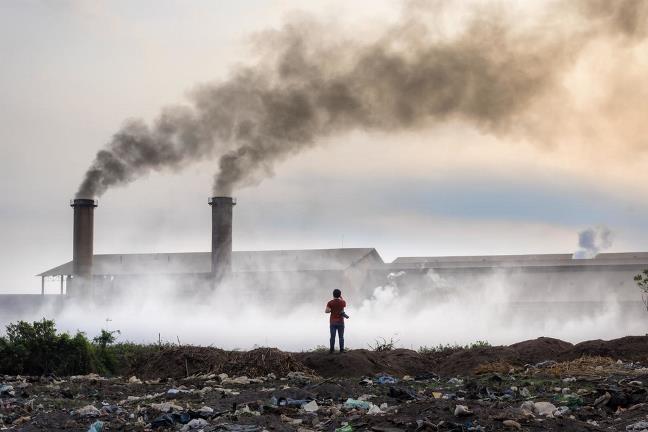Earth is expected to reach a critical warming threshold of 1.5°C over the next 20 years due to climate change, regardless of whether global governments reduce greenhouse gas emissions, under all five main scenarios examined in the scientific report.
In a summary of the State of Climate Science that was approved by 195 countries on August 6 and published on August 8, the Intergovernmental Panel on Climate Change (IPCC) said humanity’s role in driving climate change is clear.
The researchers say each of the past decade has always been warmer than any since 1850, and they warn that there will be more extreme weather if emissions are not monitored. This year we have already seen deadly floods and heat waves from Canada to China. “Climate change is not a problem for the future, it is here and now and it affects all regions of the world,” says Frederic Otto, lead author of the Intergovernmental Panel on Climate Change, a researcher at the University of Oxford.
In the worst-case scenario, the world faces a catastrophic average temperature rise of 4.4°C by 2100. Under all five scenarios, over the next two decades, global warming will reach or exceed the 1.5°C target set by the 2015 Paris Agreement to avoid this and any Agreement also set a 2°C weaker target.Keep the gradual rise.
However, the good news, in the most ambitious scenario, is that if emissions are net zero and harmful substances are removed from the atmosphere, warming will subsequently drop to 1.4°C by 2100.
If we go beyond 1.5 or 2 degrees, the consequences will only get worse, get hotter, warmer and warmer. Every ton of carbon counts, says Ed Hawkins, a scientist at Britain’s University of Reading and one of the authors of the IPCC report.
These consequences include extreme temperatures and the changing type of precipitation causing floods like those occurring in Germany these days, as well as more snowfall and thawing permafrost. Under each emissions scenario, the Arctic will be ice-free at least once in the summer before 2050, putting polar bears at greater risk and accelerating warming with less solar energy being reflected back into space.
The report focuses more on the potentially catastrophic consequences that are likely to occur if the warming is higher. Older IPCC assessments focused on low probability. “Unexpected responses and tipping points in the climate system, such as a significant increase in Antarctic ice sheet melt and deforestation (wood disease), cannot be excluded,” the authors say. New research on how the ice sheet collapses in a higher emissions scenario shows that average sea level rise could reach 1.88 meters by 2100, double what was previously reported.
Some changes, such as ocean acidification, will be irreversible no matter how communities reduce emissions in the coming years. “But the less warming we reduce, the better we can slow these long-term changes,” says Tasmin Edwards, a researcher at King’s College London, one of the authors of the Intergovernmental Panel on Climate Change.
(Source: New World)












































